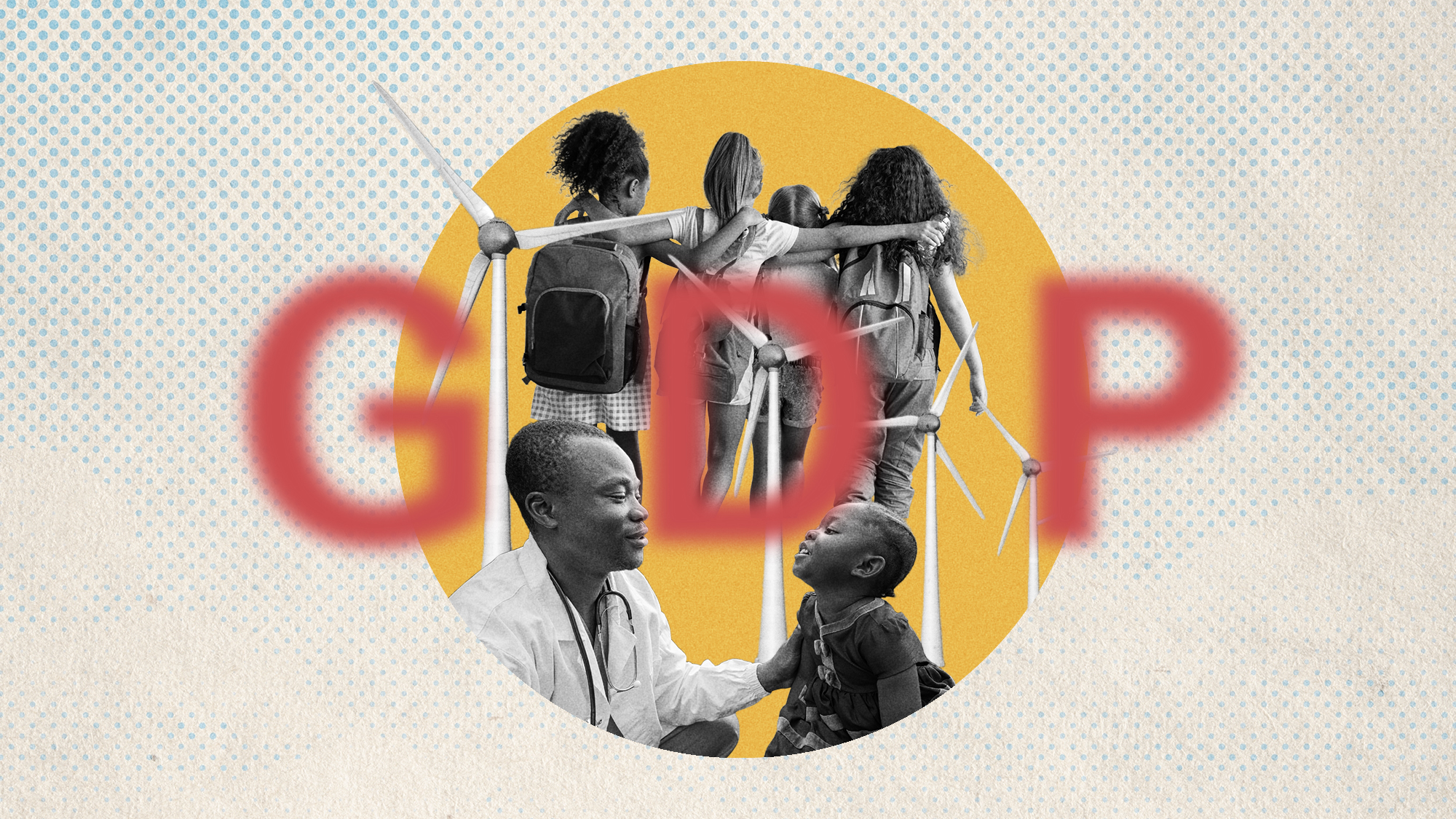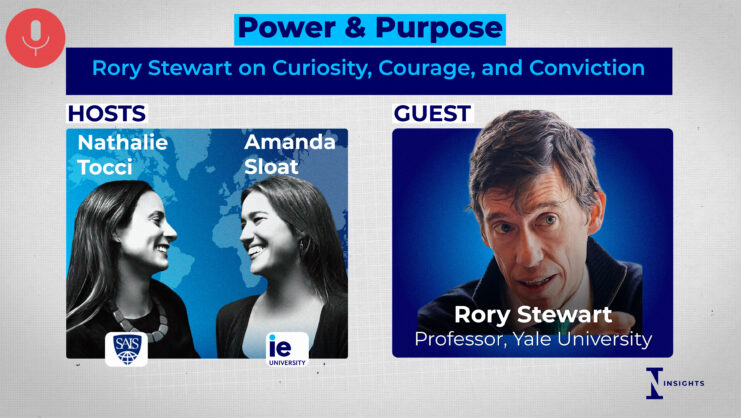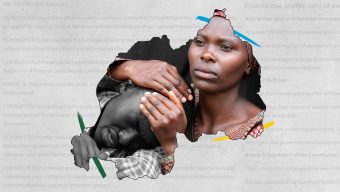What is development? This question continues to puzzle policymakers, scholars, and citizens alike. We often begin discussions about development with a simple yet revealing thought experiment. Imagine stepping into an unfamiliar society and trying to assess its level of development without relying on statistics. What would you look for? Are people eating well? Are they laughing? Do they feel safe? Are children playing?
These questions surface something deeper: development is not just about economic growth. It’s about how life is lived. It becomes clear that development is a social construct shaped by value judgments. This, in turn, raises more questions: does it always imply change? Is it good or bad? Who defines it?
The global debate around what development truly means – and how to measure it –is gaining fresh urgency. At the heart of this conversation was the 4th International Conference on Financing for Development (FfD4), where well-being and quality of life were at the top of the agenda. The call to go “beyond GDP” is resurfacing amid global challenges such as climate change, inequality, social unrest, and mental health – issues that resist pure economic analysis.
How we define progress shapes how we pursue it. When GDP is treated as the sole benchmark, the focus narrows to economic growth alone, sidelining critical dimensions such as well-being, equity, and sustainability. Many countries have fallen into this trap, reinforcing a distorted view of progress that ultimately hampers the transition to more inclusive and resilient development models.
While GDP has long been a convenient yardstick for economic performance, it falls short in capturing the full scope of human advancement. If we want to build societies where both people and the planet can thrive, we need to rethink what progress really means.
GDP: Origins, Advantages, Limitations
The concept of Gross Domestic Product (GDP) emerged in the United States during the economic turmoil of the 1930s. In 1934, the economist Simon Kuznets introduced a formula to estimate the total value of goods and services produced within a country’s borders. This laid the groundwork for what would become modern GDP. But, it was the Bretton Woods Conference in 1944 that cemented GDP’s status as the world’s primary economic indicator.
Yet even from its inception, GDP’s limitations were clear. Kuznets himself cautioned that “the welfare of a nation can scarcely be inferred from a measure of national income.” Decades later, in 1968, Robert F. Kennedy famously criticized GDP, saying it “measures everything except that which makes life worthwhile.”
One of GDP’s biggest blind spots is inequality, its inability to account for income distribution and internal inequalities. It can mask deep social disparities, painting a misleading picture of prosperity in nations where wealth is highly concentrated. Moreover, GDP overlooks critical dimensions of well-being such as quality of life, access to basic services, and environmental sustainability. It excludes countless forms of economic activity, including unpaid domestic labor, volunteering, and the informal economy, which are especially vital in the Global South.
These limitations have driven growing interest in alternative ways of measuring progress. New frameworks aim to offer a more holistic and complete view of human development and better guide public policy.
New Approaches to Redefining Development
The shortcomings of GDP have spurred economists and policymakers to rethink what development should encompass. Amartya Sen and Martha Nussbaum introduced the Capabilities Approach, which shifts the focus from mere economic output to the expansion of people’s real freedoms, i.e., their ability to live lives they have reason to value. This includes access to healthcare, education, security, political participation, and personal autonomy.
The United Nations Development Program (UNDP) built on this idea with the launch of the Human Development Index (HDI) in 1990. HDI combines life expectancy, education levels, and income to offer a more rounded picture of national progress. It marked a critical shift: from measuring wealth to measuring well-being.
The HDI has continued to evolve since its inception. Metrics like the inequality-adjusted HDI (IHDI), the Gender Inequality Index (GII), and the Multidimensional Poverty Index (MPI) add depth and granularity. The MPI, for instance, reveals poverty not just as low income but as a multifaceted experience that includes lack of basic services, poor housing, and limited education.
Environmental sustainability has also become an integral part of development measurements. The Planetary Adjusted Human Development Index (PAHDI) deducts points based on per capita CO₂ emissions, emphasizing the idea that true development must balance human well-being with planetary health.
From MDGs to SDGs
The Millennium Development Goals (MDGs), adopted in 2000, aimed to reduce extreme poverty. While they achieved some progress, the MDGs were criticized for their narrow focus on low-income countries and for overlooking the diverse starting points and unique contexts of individual nations.
In 2015, the United Nations introduced the 2030 Agenda and its 17 Sustainable Development Goals (SDGs). These goals offer a broader, more universal vision of development. Beyond economic growth, the SDGs encompass environmental sustainability (Goals 13 to 15), social inclusion (Goals 1, 5, and 10), access to health and education (Goals 3 and 4), as well as governance and partnerships (Goals 16 and 17).
A defining feature of the SDGs is their flexibility. While they set global targets, they allow each country to tailor them to local realities. This balance of ambition and adaptability helps ensure that no one-size-fits-all model is imposed on diverse national contexts.
Countries that Have Gone Beyond GDP
Many countries have pioneered alternatives to GDP by embracing well-being and sustainability as core measures of progress. Bhutan’s Gross National Happiness, recognized by the UN in 2011, emphasizes collective happiness over material wealth. Scotland’s National Performance Framework and France’s 2008 Stiglitz-Sen-Fitoussi Commission set global standards by integrating social inclusion, quality of life, and sustainability into progress indicators. The OECD’s Well-being and Beyond GDP project further advanced this approach, influencing policies in over two-thirds of its member states.
In Latin America, Ecuador and Bolivia enshrined indigenous concepts of “good living” (sumak kawsay in Quechua) into their constitutions, promoting harmony with their communities and nature. The UK, New Zealand, Canada, Iceland, Chile, and Australia have all developed frameworks that incorporate social, environmental, and subjective well-being alongside economic factors. Even local initiatives like the Santa Monica Well-being Project in the U.S. show how human-centered policies can reshape governance.
These examples differ in context and design but share a common purpose: to shift policy and public perception toward a fuller, more human vision of development.
Beyond GDP
In recent decades, it has become increasingly clear that GDP alone cannot capture the full picture of progress. We must move beyond this narrow metric.
The 2030 Agenda and the growing number of alternative frameworks offer a way forward. But for these ideas to take hold, they need to be embedded in how governments plan, budget, and measure success. That means replacing GDP as the sole compass for development with a richer set of tools that reflect the real needs and values of society.
Redefining progress is not just about improving measurement, it’s about fundamentally rethinking how we govern. When countries take well-being seriously, it transforms what they prioritise, how they allocate resources, and how they engage with their citizens. This shift requires moving beyond purely economic or charitable approaches to poverty, and embracing a human rights and justice-based approach that designs public policies for everyone.
Budgets begin to reflect long-term goals such as mental health, education, and environmental sustainability, rather than short-term GDP growth. Communities gain a stronger voice in shaping their own development. And at the global level, a shared commitment to measuring what truly improves lives helps build the trust needed to confront the challenges no country can solve alone.
Economic growth should be treated as a means to an end, not the end itself. Only then will we move forward toward development that is equitable, resilient, and truly human.
© IE Insights.











